Spatial Memory: Visuospatial Processes, Cognitive Performance and Developmental Effects
A fundamental requirement of everyday life is that of encoding and remembering successfully the locations of objects, landmarks or buildings in space. This function is achieved by structuring spatial information in systems of coordinates. It is often argued that a person's, or an animal's, spatial memories are summarized in a cognitive map. There are two main categories for classifying spatial reference systems. One is the egocentric frame of reference which specifies location and orientation with respect to the organism and include eye, head and body coordinates. Allocentric frames of reference specify location and orientation with respect to elements and features of the environment independently of the viewer's position. This new book presents and reviews important data on spatial memory.
{{comment.content}}
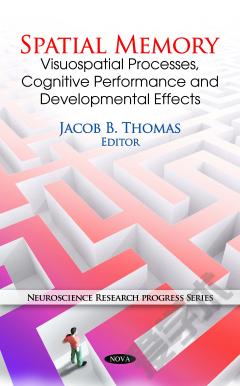
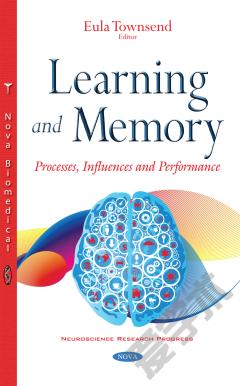

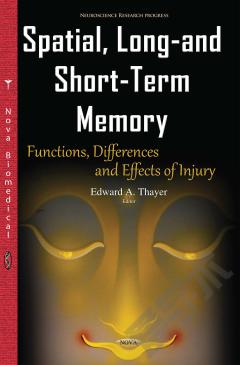
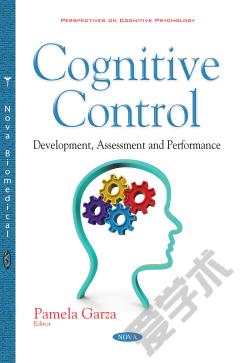
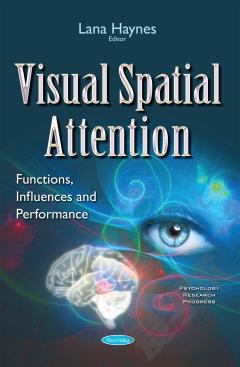
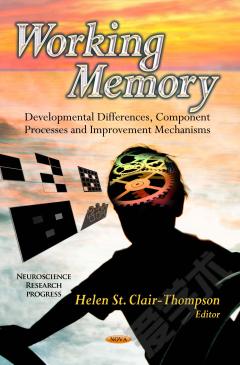

 京公网安备 11010802027623号
京公网安备 11010802027623号